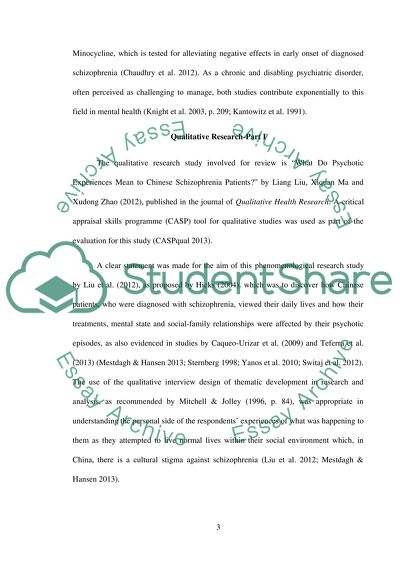Cite this document
(“Critically evaluate one QUANTITATIVE AND ONE QUALITATIVE publish Research Paper”, n.d.)
Retrieved from https://studentshare.org/health-sciences-medicine/1491856-critically-evaluate-one-quantitative-and-one
Retrieved from https://studentshare.org/health-sciences-medicine/1491856-critically-evaluate-one-quantitative-and-one
(Critically Evaluate One QUANTITATIVE AND ONE QUALITATIVE Publish Research Paper)
https://studentshare.org/health-sciences-medicine/1491856-critically-evaluate-one-quantitative-and-one.
https://studentshare.org/health-sciences-medicine/1491856-critically-evaluate-one-quantitative-and-one.
“Critically Evaluate One QUANTITATIVE AND ONE QUALITATIVE Publish Research Paper”, n.d. https://studentshare.org/health-sciences-medicine/1491856-critically-evaluate-one-quantitative-and-one.


